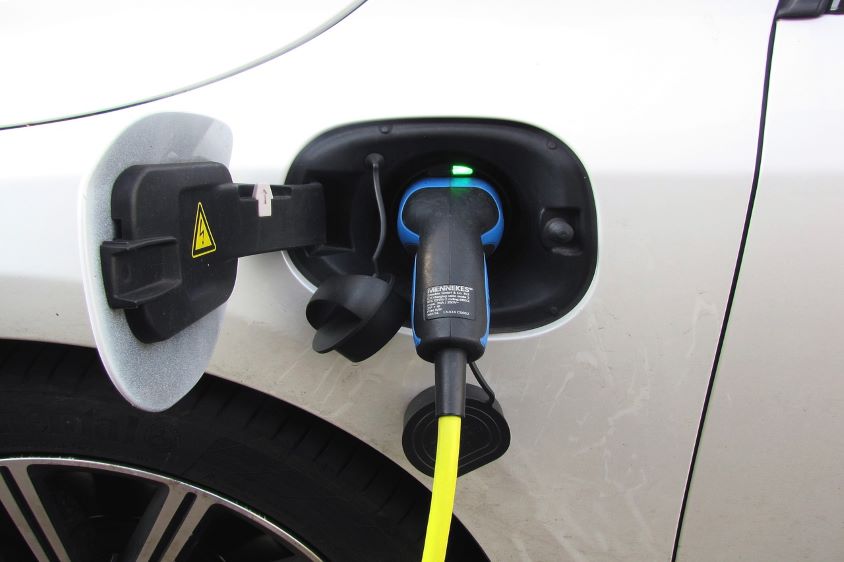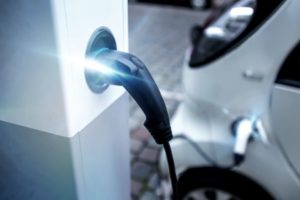Managing a fleet can be an expensive business. If drivers and their vehicles aren’t managed as efficiently as possible, productivity can suffer, operating margins may be reduced and customers might end up unhappy – which isn’t likely to result in repeat business.
When we talk to fleet owners, managing routes for maximum efficiency is always one of their biggest areas of concern. But how can efficiency be made to work at street level, particularly with roads now so busy and traffic unpredictable? One potential solution could come in the form of telematics and route management software.
What is route management software?
Fleet management tools make the most of sophisticated computers onboard each vehicle in a fleet to collect and transmit driver and vehicle data. Their managers can then access an online information portal connected to the software to glean access to reports and analytics.
The best examples provide real-time GPS tracking capabilities, advanced reporting features and a Software-as-a-Service (SaaS) model for frequent updates.
With real-time tracking, it’s possible to ensure drivers are using routes that minimise the distance travelled, the amount of fuel used and, ultimately, the time taken to do their jobs. As a result, this is a core benefit of telematics systems that companies will want to make use of.
The benefits of route management
Many fleets have reported significant improvements in their efficiency after implementing route management solutions. Indeed, previous research from ABI suggests profitability could increase to the tune of 12 per cent, while travel time may be slashed by 15 per cent with such technology in place.
So, how exactly does it work to deliver benefits? The answer is in a number of ways:
1- Mapping
Since route management software uses the most up-to-date GIS-based modelling data, it is able to perform high-density routing and analytics for any fleet.
This means it is capable of carrying out tasks such as working out why particular routes might have become slower lately – for instance, perhaps persistent roadworks are hindering travel times.
Importantly, the software can then make improvements and reroute drivers using a new set of maps. It can also assist with plotting times and locations for breaks, customer stops and refuelling to make sure drivers are on the road as much as possible.
This building of long-term schedules – yet with the additional ability to fine-tune on the go – could make a real difference to fleet owners keen to streamline their operations.
2- Driver behaviour
Everyone wants to think they have a responsible and safe team of drivers in place, but even the best set of individuals can make mistakes or poor calls from time to time.
With route management tools in place, fleet managers can perform tasks like monitoring vehicle speeds in relation to speed limits and checking locations of any potentially alarming circumstances.
This is likely to have the preventative effect of ensuring safer driving practices. Furthermore, should repeat instances of questionable behaviour occur, the manager can pull up individual drivers’ routes to reconstruct what happened and take them to task on it.
Another benefit of this is that it could mean less time performing dull debriefing sessions if drivers are consistently performing well – managers only need deliver them when necessary.
3- Flexibility
We’ve already talked about the ability to reroute fleets should unforeseen circumstances occur on the roads, but another advantage is that, from seeing the bigger picture, it’s also possible to spot where expansion can take place.
For example, should a potential new job come in while drivers are already on the road, managers can look at their real-time data to see if a member of staff is close enough to be able to complete it without deviating too much from their route.
If they are, that’s greater productivity without too much more effort – with a new level of insight, hundreds of new jobs could be added each year without having to calculate many more routes.
What to look for in good route management software
There are many route management tools out there, but not all are created equal. To ensure you get what you need for your business, seek out software that has as a minimum:
- Tailored pricing
- No integration charges
- Affordability
- Verifiable results
Jenny Smith, general manager for Tele-Gence, commented: “We have many years of experience working with the automotive industry and so we understand the issues for businesses of any size in managing a fleet day-to-day, particularly smaller organisations. Through using telematics in the ways detailed above, you could significantly improve safety, efficiency and reduce costs – and what’s not to like about that?”
Your business can benefit from affordable telematics with no hidden start-up fees or long-term commitments. Find out how at www.tele-gence.com






